Two beloved pet dogs that vanished while they were out for a walk in the hills are safe at home thanks to the smell of grilled sausages.
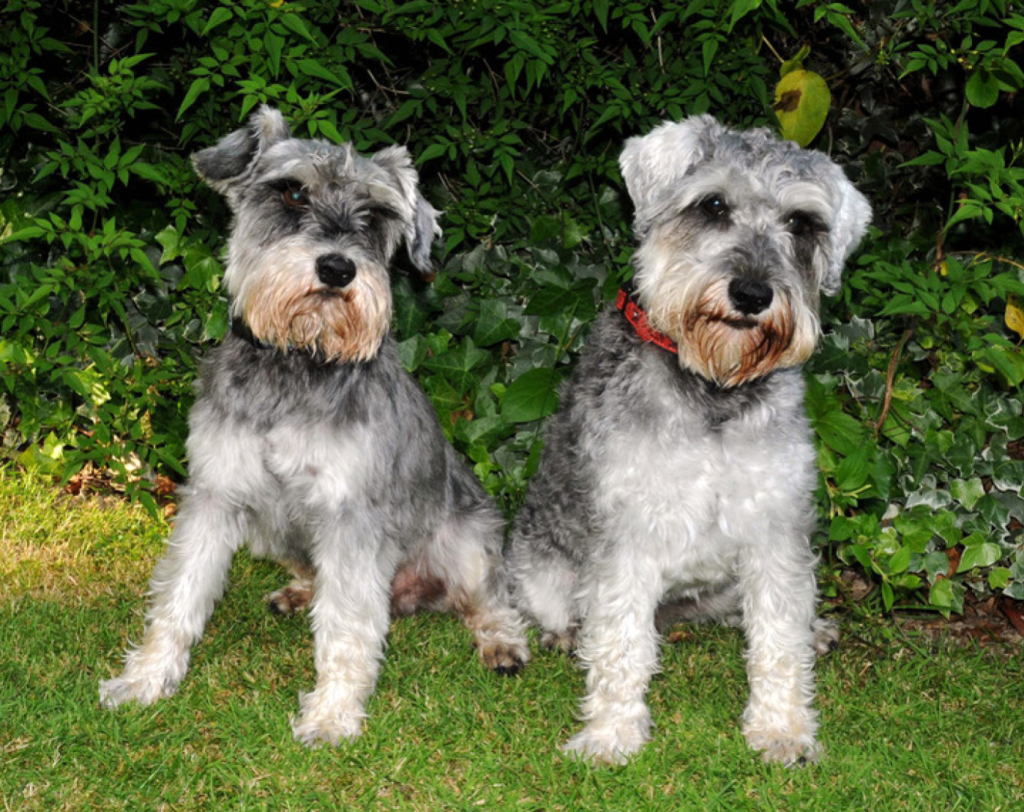
Miniature schnauzers Charlie and Theo were missing for four days after disappearing in thick fog on the Red Pike fell near Buttermere, Cumbria.
Distraught owners Liz and Graham Hampson launched a rescue campaign and sought help from mountain rescue teams, family and friends.
There was no sign of the dogs as more than 120 people and two drones scoured the hills, so Liz and Graham decided to try to lure them with their favourite bangers.
They set up a barbecue near the spot where Charlie and Theo, who are father and son, vanished and shouted the dogs’ names.
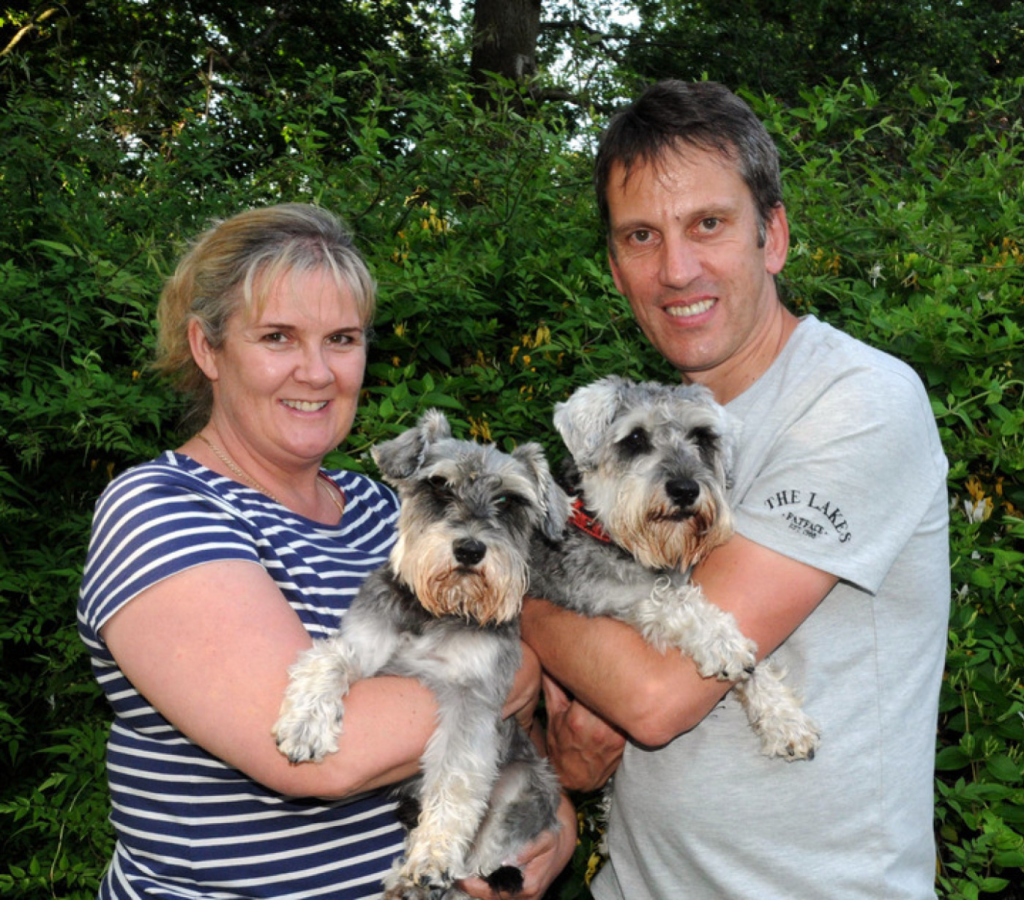
To their amazement, a short time later the dogs appeared through the trees, leading to an emotional reunion.
Liz, 49, from nearby Cockermouth, said: “When they first appeared it was like a mirage. I could not believe it was them.
“My husband ran up the hill to grab them as I was just shaking and crying. I could not function.
“The dogs are just gorgeous, and they are part of our family. It would be horrible not to have them around.

“They absolutely love sausages. They have them every Sunday for breakfast, so if there was one food they were going to come back for, it was sausages.”
Liz and Graham’s son John was walking Charlie, aged seven, and Theo, aged 15 months, on top Red Pike fell on June 16.
The weather turned at lunchtime and a thick mist rolled in, causing the 21-year-old to lose sight of the dogs.
He rang his mum straight away to let her know what had happened, and they immediately started to form a rescue party.
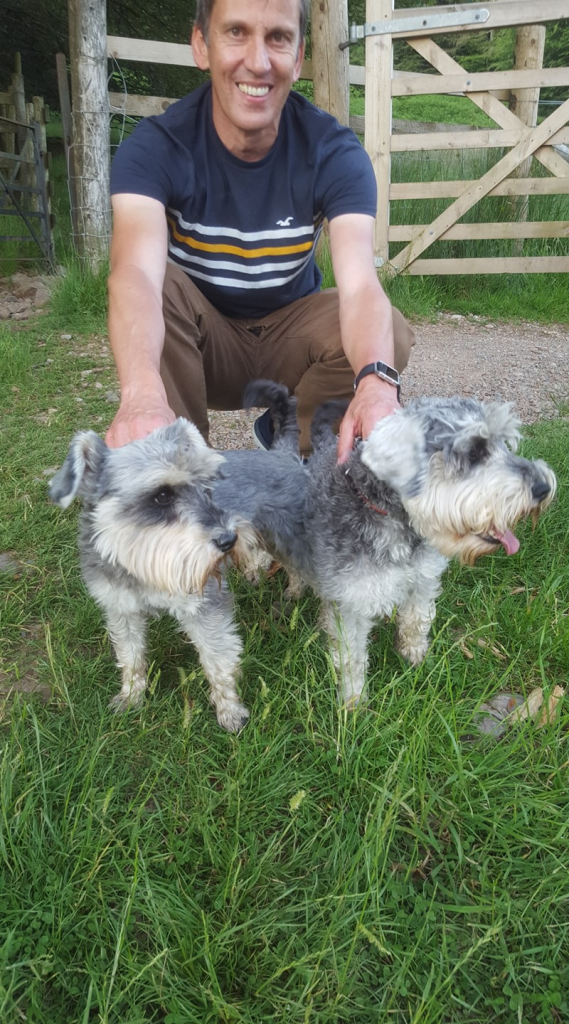
Liz said: “I was beside myself when John called. The dogs walk off lead when there is no livestock around and are used to being on the fells.
“It was a horrible phone call. We called our family and messaged friends and put out an appeal for people to look out for them on Facebook and Twitter.
“I also have a few friends who are part of mountain rescue groups so I asked if they could keep their eyes peeled if they were called out to a rescue.”
Liz and Graham spent the first night camping on the fell and calling the dogs’ names trying to get them to come back.
They then spent the next few days over Father’s Day weekend hiking all around the area in hot weather trying to find them.
On the morning of June 19, Mark Steel, a GP and member of Cockermouth Mountain Rescue Team, said the dogs were likely on the other side of the fell, near Gillerthwaite.
Together they hatched a plan to get the dogs back, and started barbecuing sausages.
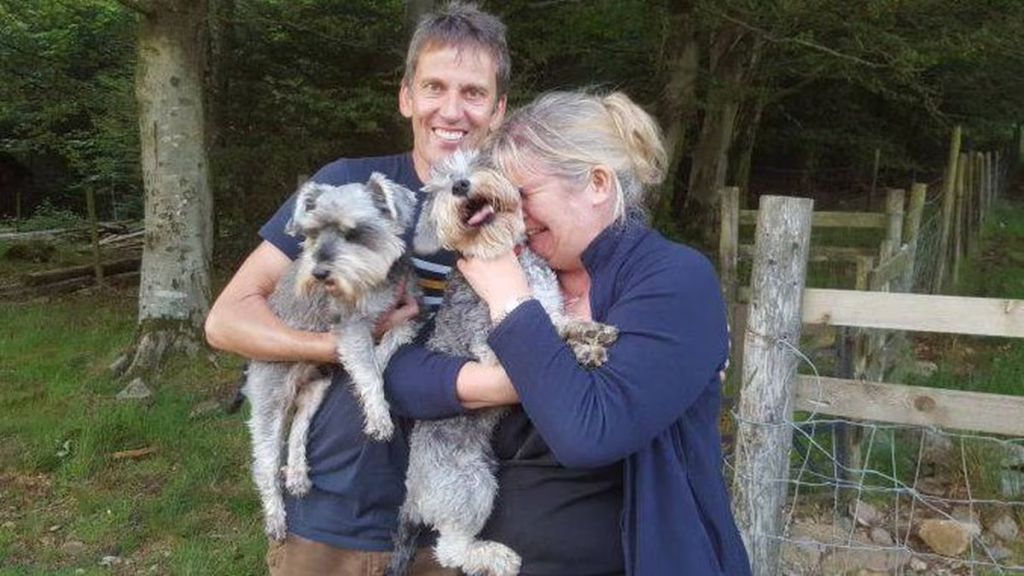
Liz said: “It was great to see them appear through the trees.”
“They were thin, and they smelled, but thankfully they’d kept themselves hydrated in the heat.
“We took them to the vets the next day and they were given a clean bill of health.”
She added: “My son is in the navy and we rang him first to tell him. A huge cheer went up on his ship.
“Charlie and Theo are actually dad and son so we’re now joking they had a Father’s Day weekend.
“And they’ve told us nothing about what happened. I guess what goes on tour, stays on tour.”
Guide Dogs of America Needs Volunteer ‘Puppy Raisers’

Working with wonderful woofers, the sort of furry joy-bringers that make a difference in people’s lives?
Pitching in with a pack of incredible pups can make a lasting impression on a person’s mind, outlook, and, for sure, their spirit, too.
And that chance to lend a hand, your time, some empathy and understanding, and a whole lot of love is coming up, on Dec. 11, thanks to a “puppy raiser” training session with Guide Dogs of America.
This is a virtual happening, via Zoom, and it will be the final online information event before in-person gatherings return to the Sylmar campus in 2022.
Guide Dogs of American pairs trained pups with “… individuals who are blind/visually impaired and service dogs for veterans and children with autism,” with dogs also being placed in “hospitals, schools, and courtrooms.”
“Our highly skilled canines become trusted companions that increase people’s confidence, mobility, and independence. All programs and services, including transportation, personalized training, room/board, and postgraduate support, are provided at no cost to the recipient,” states the organization on its site.
And helping the organization achieve its mission?
Puppy raisers, those dedicated volunteers who are among some of the first people a young, in-training dog gets to know, trust, and adore.
If you choose to pursue volunteering for this life-changing role, there’ll be a few initial considerations, as well as matters you’ll want to mull.
One consideration? Where you reside. You and the puppy in your care will need to call upon the Sylmar campus on occasion, and attendance at both monthly puppy group meetings and “puppy kindergarten classes” is required.
The Dec. 11 information session will address what you can expect from meetings and classes, as well as what at-home life will be like with the future guide dog you’re helping to raise.
Questions covered include the breeds and types of puppies that volunteers raise, what can be expected in terms of puppy proofing and such, what out-of-pocket expenses might look like, and how long the puppy will live in your home.
And, yes: “(W)hat happens when the dogs ‘go off to college’ to begin formal training” is also a central topic of the session, as well as how dogs are paired with their forever people once they’ve graduated.
The word straight from Sylmar? “We ALWAYS need puppy raisers,” says Stephanie Colman, the coordinator of the puppy program.
So even if you can’t join the December Zoom, you can plan to attend an in-person information session on the Guide Dogs of America campus, in early 2022.
Could this be your new year’s resolution?
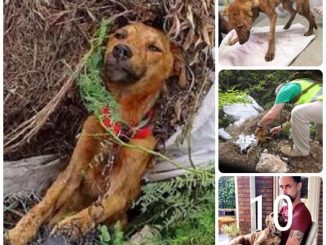


Leave a Reply